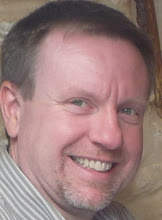Reading and hearing his speeches these last couple of days has reminded me of Principle #1 of the Kennedy School of Powerful Oratory: parallel structure. I remember at least one high school English teacher (I think it was the fantastic Merle Drowne) using JFK speeches to teach us parallel structure, most famously "Ask not what your country can do for you; ask what you can do for your country."
Ted built his reputation as a speaker on the use of parallelism:
Eulogizing RFK in New York in 1968: “My brother need not be idealized, or enlarged in death beyond what he was in life, to be remembered simply as a good and decent man, who saw wrong and tried to right it, saw suffering and tried to heal it, saw war and tried to stop it.”
Conceding defeat to President Carter at the 1980 convention: “For all those whose cares have been our concern, the work goes on, the cause endures, the hope still lives, and the dream shall never die.”
Supporting Senator Obama at last year's convention: “I have come here tonight to stand with you to change America, to restore its future, to rise to our best ideals and to elect Barack Obama president of the United States.”
There is no secret to this stuff--the Romans were using it a couple of millenia ago--but the power of rhythm and cadence to move us feels timeless. And now one of its greatest modern practitioners is gone. For all his personal flaws, Ted did more with his long life than I would have thought possible 30 years ago.





No comments:
Post a Comment